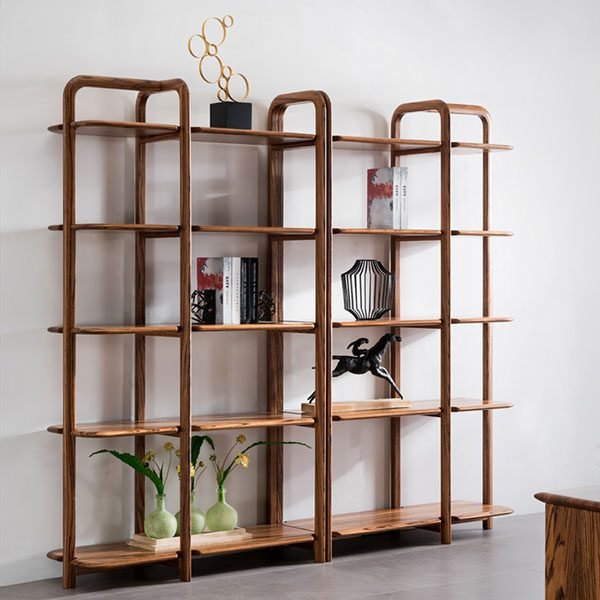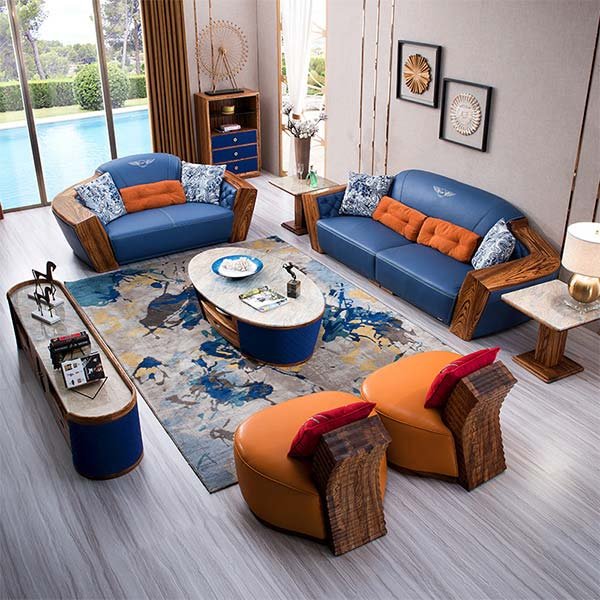“Arrange with care, create a space that’s fair.”
Furniture Placement Tips for Small Living Rooms
Arranging furniture in a small living room can be a challenging task, but with the right tips and tricks, you can make the most of the space you have. One of the key things to keep in mind when arranging furniture in a small living room is to maximize the available space and create a sense of openness.
Start by measuring the dimensions of your living room and the furniture you plan to use. This will help you determine the best layout for your space. Consider the traffic flow in the room and make sure there is enough space for people to move around comfortably.
When arranging furniture in a small living room, it’s important to keep the scale of the furniture in mind. Choose pieces that are proportionate to the size of the room and avoid bulky or oversized furniture that can overwhelm the space. Opt for sleek, streamlined pieces that will help create a sense of openness.
One of the best furniture placement tips for small living rooms is to use multipurpose furniture. Look for pieces that can serve multiple functions, such as a coffee table with storage or a sofa bed. This will help you make the most of the space you have and keep the room clutter-free.
Another tip for arranging furniture in a small living room is to create zones within the space. Divide the room into different areas for lounging, dining, and working, using furniture to define each zone. This will help you make the most of the space and create a sense of organization.
When arranging furniture in a small living room, it’s important to consider the placement of the sofa. Position the sofa against a wall to free up space in the center of the room and create a more open feel. You can also use a sectional sofa to maximize seating options without taking up too much space.
Incorporating mirrors into your furniture arrangement can also help create the illusion of a larger space. Place a large mirror on a wall opposite a window to reflect natural light and make the room feel brighter and more spacious. You can also use mirrored furniture to add a touch of glamour to the space.
When arranging furniture in a small living room, don’t forget to leave some negative space. This will help prevent the room from feeling overcrowded and allow for easy movement around the space. Consider using floating shelves or wall-mounted storage to keep the floor clear and maximize space.
Overall, when arranging furniture in a small living room, the key is to prioritize functionality and create a sense of openness. By following these tips and tricks, you can make the most of your space and create a stylish and comfortable living room that meets your needs.
Creative Ways to Arrange Furniture in an Open Concept Living Room
Arranging furniture in an open concept living room can be a challenging task, as you want to create distinct areas for different activities while maintaining a cohesive and harmonious look. Here are some creative ways to arrange furniture in your open concept living room.
One way to define different areas in an open concept living room is by using rugs. Placing a large area rug under the seating area can help anchor the space and create a visual boundary between the living room and other areas, such as the dining room or kitchen. You can also use smaller rugs to define specific areas within the living room, such as a reading nook or a conversation area.
Another creative way to arrange furniture in an open concept living room is by using furniture placement to create flow and movement. Instead of pushing all the furniture against the walls, try floating the seating arrangements in the middle of the room to create a more intimate and cozy atmosphere. This can also help to create a sense of separation between different areas within the living room.
Incorporating multifunctional furniture pieces can also help maximize space in an open concept living room. For example, a sofa with built-in storage can provide extra seating and help keep the room organized. A coffee table with hidden storage compartments can also be a great addition, allowing you to keep clutter at bay while adding style to the room.
When arranging furniture in an open concept living room, it’s important to consider the scale and proportion of the pieces. Avoid overcrowding the space with too much furniture, as this can make the room feel cramped and cluttered. Instead, opt for a few key pieces that are appropriately sized for the space and leave enough room for traffic flow.
To add visual interest and create a focal point in your open concept living room, consider incorporating a statement piece of furniture, such as a bold-colored sofa or a unique coffee table. This can help draw the eye and create a sense of balance in the room. You can also use artwork, lighting, and accessories to add personality and style to the space.
In conclusion, arranging furniture in an open concept living room requires careful planning and consideration of the layout and flow of the space. By using rugs, furniture placement, multifunctional pieces, and statement furniture, you can create distinct areas within the room while maintaining a cohesive and harmonious look. Experiment with different arrangements and don’t be afraid to think outside the box to create a space that is both functional and stylish.
Maximizing Space in a Narrow Living Room with Furniture Arrangement
Arranging furniture in a narrow living room can be a challenging task, but with the right approach, you can maximize the space and create a functional and stylish layout. One of the key considerations when arranging furniture in a narrow living room is to make the most of the available space. By carefully planning the layout and choosing the right furniture pieces, you can create a comfortable and inviting space that feels open and spacious.
When arranging furniture in a narrow living room, it’s important to consider the flow of traffic and ensure that there is enough space for people to move around comfortably. One way to achieve this is by creating a clear pathway through the room and arranging the furniture in a way that allows for easy movement. Placing the larger pieces of furniture, such as the sofa and armchairs, along the walls can help to open up the space and create a more spacious feel.
Another important consideration when arranging furniture in a narrow living room is to choose pieces that are proportionate to the size of the room. Oversized furniture can make a narrow room feel cramped and cluttered, so it’s important to select pieces that are the right scale for the space. Opting for sleek and streamlined furniture can help to create a more open and airy feel, while still providing ample seating and storage options.
In addition to choosing the right furniture pieces, it’s also important to consider the placement of accessories and decor items in a narrow living room. By strategically placing mirrors, artwork, and other decorative elements, you can create the illusion of more space and add visual interest to the room. Using light colors and reflective surfaces can also help to brighten up the space and make it feel more open and inviting.
When arranging furniture in a narrow living room, it’s important to strike a balance between functionality and aesthetics. While it’s important to create a layout that maximizes space and allows for easy movement, it’s also important to create a stylish and cohesive look that reflects your personal style. By mixing and matching different furniture pieces, textures, and colors, you can create a dynamic and visually appealing space that feels both comfortable and inviting.
Overall, arranging furniture in a narrow living room requires careful planning and consideration of the space available. By choosing the right furniture pieces, creating a clear pathway through the room, and incorporating decorative elements that enhance the space, you can create a functional and stylish layout that maximizes space and creates a welcoming atmosphere. With a little creativity and attention to detail, you can transform your narrow living room into a beautiful and inviting space that you’ll love spending time in.
Заключение
Arrange furniture in a living room by creating a focal point, considering traffic flow, balancing the room with different sized pieces, and leaving enough space for movement.



